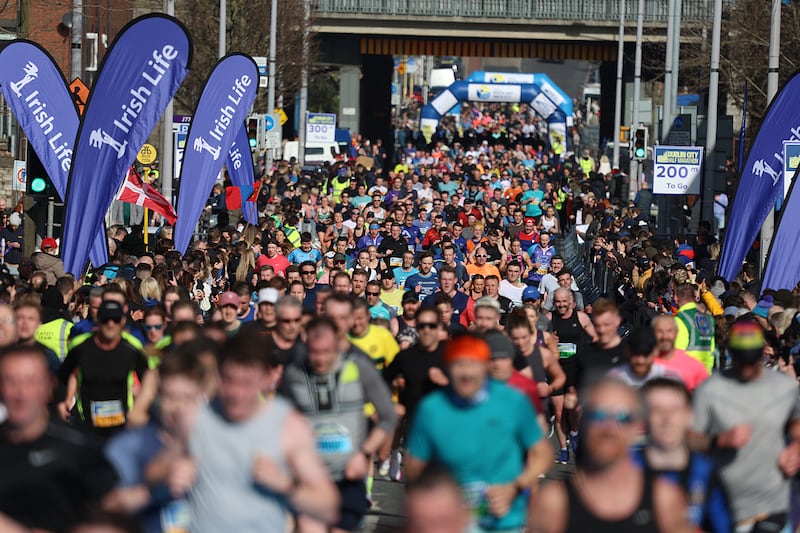The emergency department was crowded with patients, many of them wrapped in blankets on trolleys lined up closely together, some breathing through plastic masks connected to steel oxygen tanks. Others sat coughing in wheelchairs, most of them apparently in their 70s and 80s and some accompanied by family members as they waited to be admitted.
Visiting three hospitals in Beijing this week, the scene at Peking University People’s Hospital emergency department was exceptional and medical staff say the wave of coronavirus infections that followed the scrapping of China’s zero-Covid policy last month has subsided.
“Starting in mid-December, a large number of critically ill patients flooded into the hospital and the aisles were full of hospital beds. The full opening up caused a serious run on the hospital and the front-line medical staff have been under a lot of pressure,” a doctor at another of Beijing’s major teaching hospitals told The Irish Times.
“The situation has improved a lot since the end of December, but it still reflects the burden of the first wave of shocks after the change of policy. At present, the number of visits to fever clinics has dropped from an average of more than 500 people per day at the peak to more than 200 people. Emergency services remain busy.”
READ MORE
There was nobody queuing at the fever clinic in Peking University People’s Hospital and other departments showed no sign of being affected by the surge in coronavirus infections. At the Aerospace Centre Hospital in Beijing’s Haidan district, a few patients were waiting in the emergency department but other units in the hospital appeared to be busy but not under severe pressure.
Liulitun Community Health Centre, one of the primary care centres tasked with triaging patients presenting with coronavirus symptoms, had a steady stream of people going in and out. But there were no queues at the fever clinic and a nurse at a similar health centre told The Irish Times that after a period of intense pressure, things had returned to normal during the past week.
A couple of weeks ago, the doctor was seeing people of all ages presenting at the hospital with serious coronavirus symptoms, including “white lung” and damage to the heart muscle. Now almost all coronavirus patients are over 70 and the numbers dying have fallen dramatically.
“During the outbreak period, there were about five or six per day. Now there is basically one case every two or three days, and they are basically elderly people with underlying conditions,” he said
[ How serious are new Covid-19 variants and where do they come from?Opens in new window ]
The sudden change of policy last month has seen coronavirus rip through major Chinese cities, although there are no reliable figures for how many people have become seriously ill or died. Beijing is almost back to normal now but in two weeks, tens of millions of people will travel across the country to celebrate the Chinese New Year with friends and family and many will carry the virus with them.
“Basically, everyone here has been positive and has immunity. But the Spring Festival is coming soon, and the tide of returning home has begun. It is time for the second- and third-tier cities and rural areas to face challenges. I hope they can prepare in advance,” the doctor said.



















